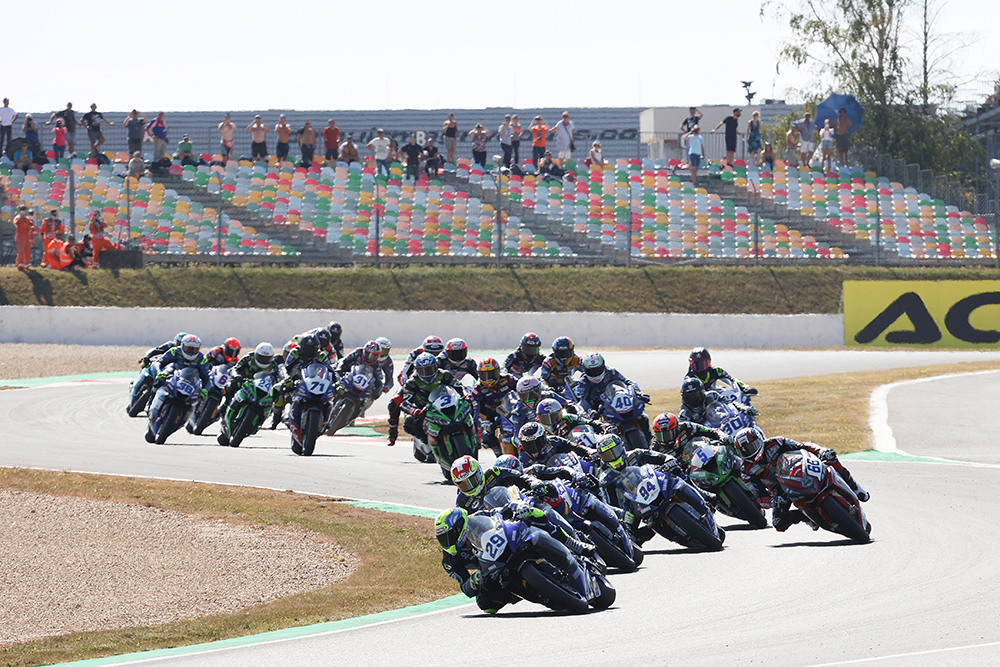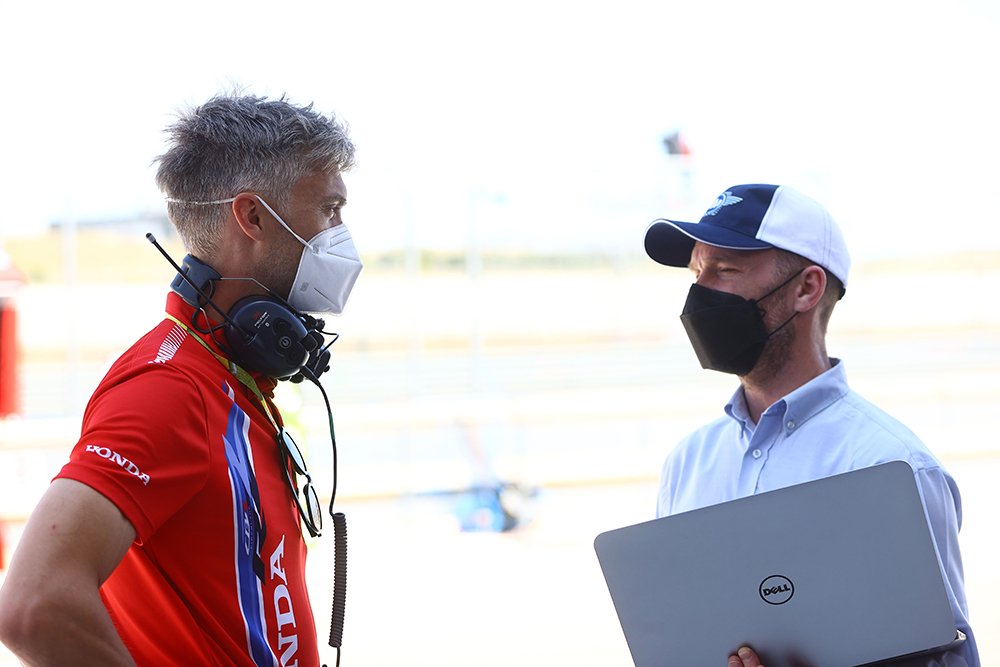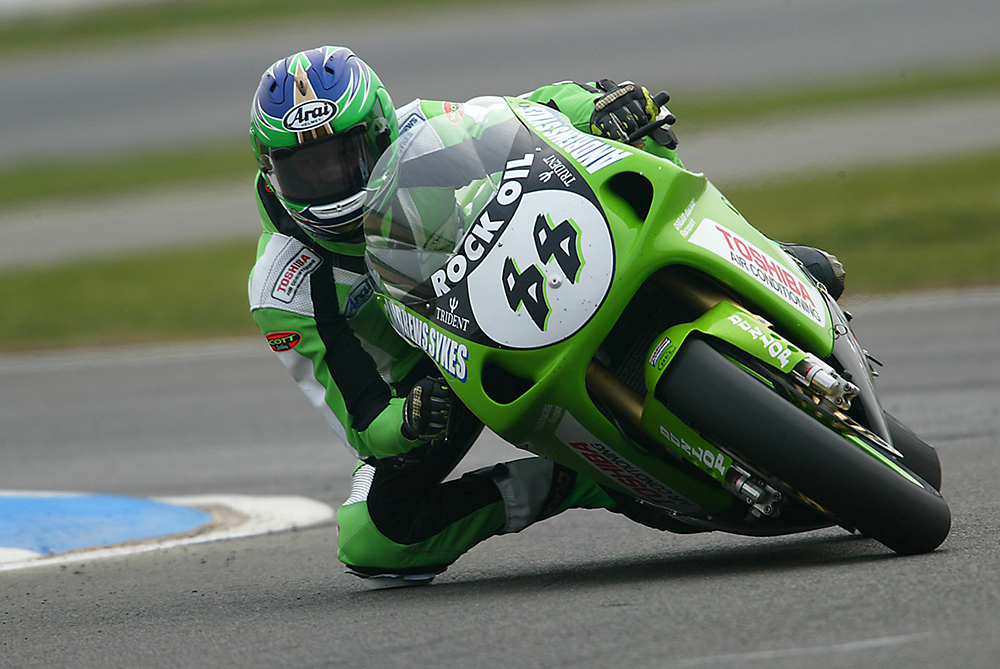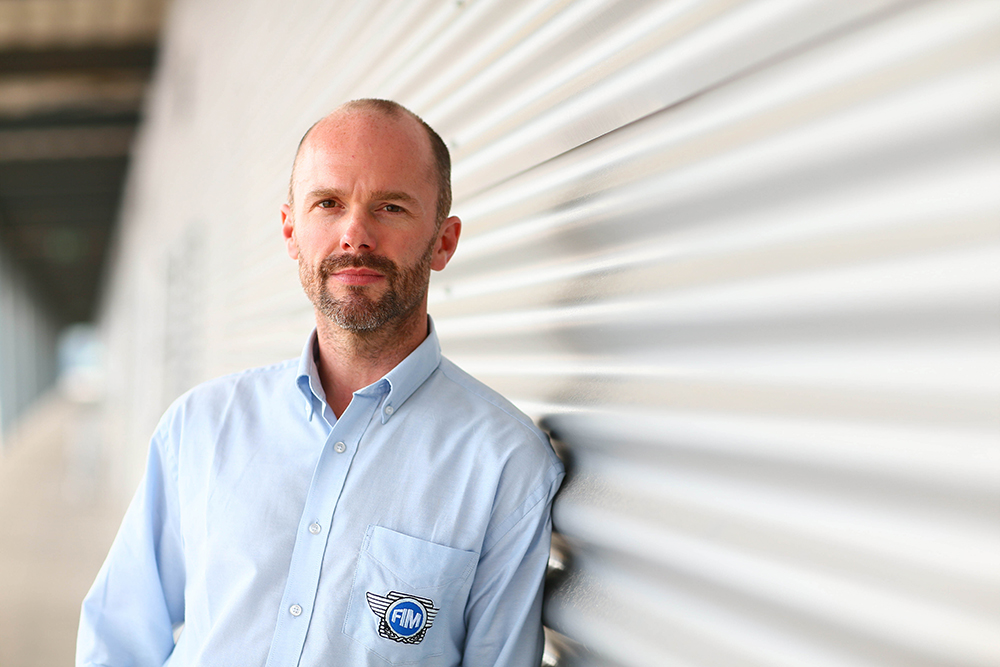The WorldSBK’s Technical Director, Scott Smart explains how parity will be maintained in the next generation of the Supersport World Championship
Please explain how you will use control electronics and dyno testing to maintain a level playing field, no matter what engine configuration or displacement is used?
The majority of the balanced performance is done by the electronics and a lot of it is done, effectively, by the throttle position. You will have a limited amount of throttle available to you, which is the main way of controlling the torque on all these racing engines now. If we just stick an air restrictor in we can cap peak horsepower, but actually, you would just produce an engine that makes that peak horsepower for thousands of RPM, which would give you the most incredibly torquey, grunty and weird-to-ride engines. That is not our goal.
We have a bunch of software that when we have made the dyno tests – on an engine dyno with very precise torque measurements at every single throttle position and RPM, so that we can build a complete torque map of the engine – and that goes into the software. We also program in the inertia and all the different components for the engine, aerodynamic drag – and a lot of other data – that goes into the software. That, in its simplest form, ‘drag races’ the bikes in the computer.

Luca Bernardi leads the first race start, French WorldSSP race2, 5 September 2021
What do you gain from this information?
That allows us to say, “okay, if we reduce the RPM here, if [we] take some torque here, we can basically tune the torque output of the engine to allow the engine performance potential to be the same across all the manufacturers.” That’s also taking into account aerodynamic drag.
After that, they have to make their chassis work pretty well. Using the software that we have for the Superbikes, we will do a performance analysis every few events that takes into consideration the overall performance of the bike. We do know that the different styles of the bikes will have strengths and weaknesses. We have some power in the regulations to tweak stuff, slower or faster.
We are also going to have a couple of tests where we will have the majority of the bikes, all brands represented, so we can see where we are with it. Where we have a control electronics system, a Mectronik ECU, we have (effectively) standardised data. All the data we collect from the bikes is relative to all the other bikes we collect data from.

Leon Camier and Scott Smart, Aragon WorldSBK 2021
Will you bring a dyno to check things at the rounds?
The goal is to have a dyno at more or less every single race. We can do spot-checks of bikes to understand if they meet the horsepower for that particular brand. Everybody is like, “okay, we all have to have what horsepower…?” No, we are not having a horsepower cap. It is not like every bike has to have 145hp. It is that every bike has to meet a performance target, which is defined in the software.
If you have something that is as aerodynamic as a brick, you might need 150hp. If you have the slipperiest thing, you might need 140hp. And if you have no fairing at all, just a belly pan and big handlebars, you might need 165hp. So we are trying to produce a framework that is going to allow us to incorporate all these different models that are in the marketplace to be all-inclusive.

Scot Smart, Argentinian WorldSBK 2019
You would expect that might have quite major consequences.
The framework will allow other people [Ed: manufacturers] to consider coming racing with us. It has already allowed Triumph, who do not have a sportsbike, to come and race with us. And that is great. We could end up with a bunch more brands in the category, and we are going to end up with two more in 2022 (Triumph and Ducati).

What about new bike homologations?
Homologations will be a January process, where we go and visit the manufacturers, but we are changing the way the homologations work, to split it into two phases. There are certain bikes that need to be homologated in the old style, where we check all the drawings, which is useful for national championships. So now we will effectively homologate any bike under phase one.
Phase two will be championship-specific stuff we need. So in our championship, WorldSBK, we will make an analysis for RPM so we have a starting point for RPM. In our Supersport championship, the mapping has to be provided and we make a huge dyno test to use that data to balance the performance of the engines in the first place.

Scott Smart BSB Silverstone 2003
What’s the actual process for a manufacturer to go racing?
Manufacturers have to bring the bikes to us for homologation. If they do not want a motorcycle homologated for world championship competition, they cannot race it. We have to respect the manufacturers in that. But the whole point of the Supersport next-generation category is to introduce new models and some of them are going to look different. It is a balanced performance class.
 Scott Smart
Scott Smart
Interview Gordon Ritchie Photography gold&goose